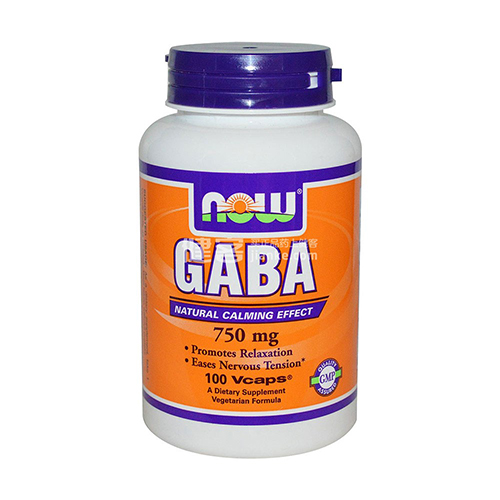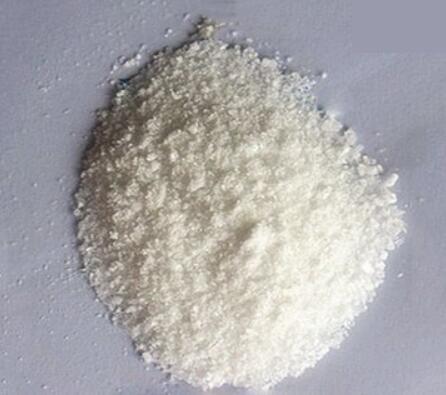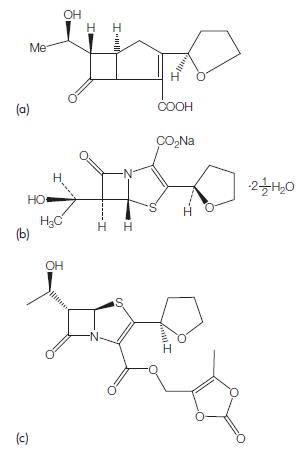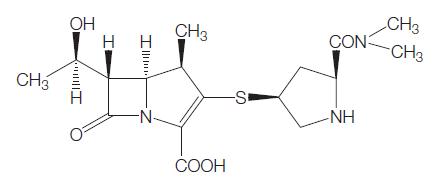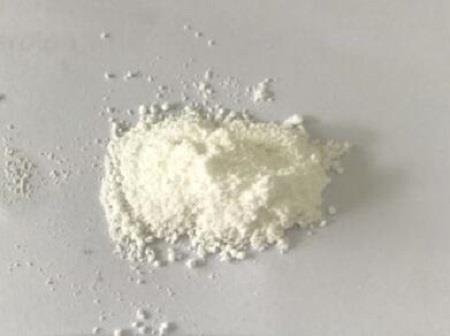Active Pharmaceutical Ingredients (API), popularly speaking, are the raw materials of medicines, only pharmaceutical raw materials are processed into pharmaceutical preparations , can they become medicines available for clinical use, so drugs we usually eat are the finished drugs through processing. Active Pharmaceutical Ingredients based on its sources can be divided into two major categories ,including chemical synthetic drugs and natural chemical drugs. Chemical synthetic drugs can be divided into organic synthetic drugs and inorganic synthetic drugs. Inorganic synthetic drugs are inorganic compounds ( very few is element), such as aluminum hydroxide, magnesium trisilicate which are used for the treatment of gastric and duodenal ulcers ; organic synthetic drugs are mainly composed of drugs made by basic organic chemical raw materials, through a series of organic chemical reactions (such as aspirin, chloramphenicol, caffeine, etc.). Natural chemical drugs ,based on its sources,can be divided into two categories including biochemical drugs and plant chemical drugs. Antibiotics are generally made by the microbial fermentation, which belongs to the biochemistry category. A variety of semi-synthetic antibiotics occurs in recent years,which are biosynthesis and chemical synthesis combining products.Among active Pharmaceutical Ingredients, the organic synthetic drugs varieties, yields and values have the largest proportion,which are the main pillars of the chemical and pharmaceutical industries. The quality of active Pharmaceutical Ingredients decides whether the formulation is good or bad , so its quality standards are very strict ,countries in the world have developed national pharmacopoeia standards and strict quality control methods for its widely used active Pharmaceutical ingredients.
Preparation of potassium bicarbonate
Potassium bicarbonate is an inorganic substance with the chemical formula KHCO3.
Apr 13,2022 APIDifferent synthetic methods of 4-aminobutyric acid
4-Aminobutyric acid (GABA) is a compound with the chemical formulaC4H9NO2, is an amino acid.
Apr 13,2022 APIUses and Side effects of Testosterone propionate
Testosterone propionate, sold under the brand name Testoviron among others, is an androgen and anabolic steroid (AAS) medication which is used mainly in the treatment of low testosterone levels in men
Apr 13,2022 APIPanipenem: Antimicrobial Activity, Susceptibility, Toxicity and Clinical Uses
Panipenem is a parenteral carbapenem with a broad spectrum of in vitro activity against both Gram-positive and Gram-negative bacteria.
Apr 13,2022 APIFaropenem: Antimicrobial Activity, Susceptibility, Toxicity and Clinical Uses
Faropenem is a penem-class oral b-lactam antimicrobial agent. Although faropenem is structurally similar to the carbapenems, it is distinguished by a sulphur atom at position 1.
Apr 13,2022 APIErtapenem: Antimicrobial Activity, Susceptibility, Administration and Dosage, Clinical Uses etc.
Ertapenem (formerly MK-0826; Merck) is a once-daily parenteral b-lactam antibiotic licensed in the USA in November 2001 and in Europe in April 2002. Generally, ertapenem has substantial activity again
Apr 12,2022 APIDoripenem: Antimicrobial Activity, Susceptibility, Administration and Dosage, Clinical Uses etc.
The antibacterial spectrum of doripenem is very similar to meropenem. Doripenem is active against a broad range of Grampositive and Gram-negative bacteria, including both aerobes and anaerobes, but My
Apr 12,2022 APIMeropenem: Antimicrobial Activity, Susceptibility, Administration and Dosage, Clinical Uses etc.
Meropenem is a broad-spectrum parenteral carbapenem with antimicrobial activity against a wide range of Gram-negative and Grampositive bacteria, including anaerobes.
Apr 12,2022 APISide effects of Testosterone cypionate
Testosterone cypionate, sold under the brand name Depo-Testosterone among others, is an androgen and anabolic steroid (AAS) medication which is used mainly in the treatment of low testosterone levels
Apr 12,2022 APISide effects of Peramivir
Peramivir (trade name Rapivab) is an antiviral drug developed by BioCryst Pharmaceuticals for the treatment of influenza.
Apr 11,2022 API




